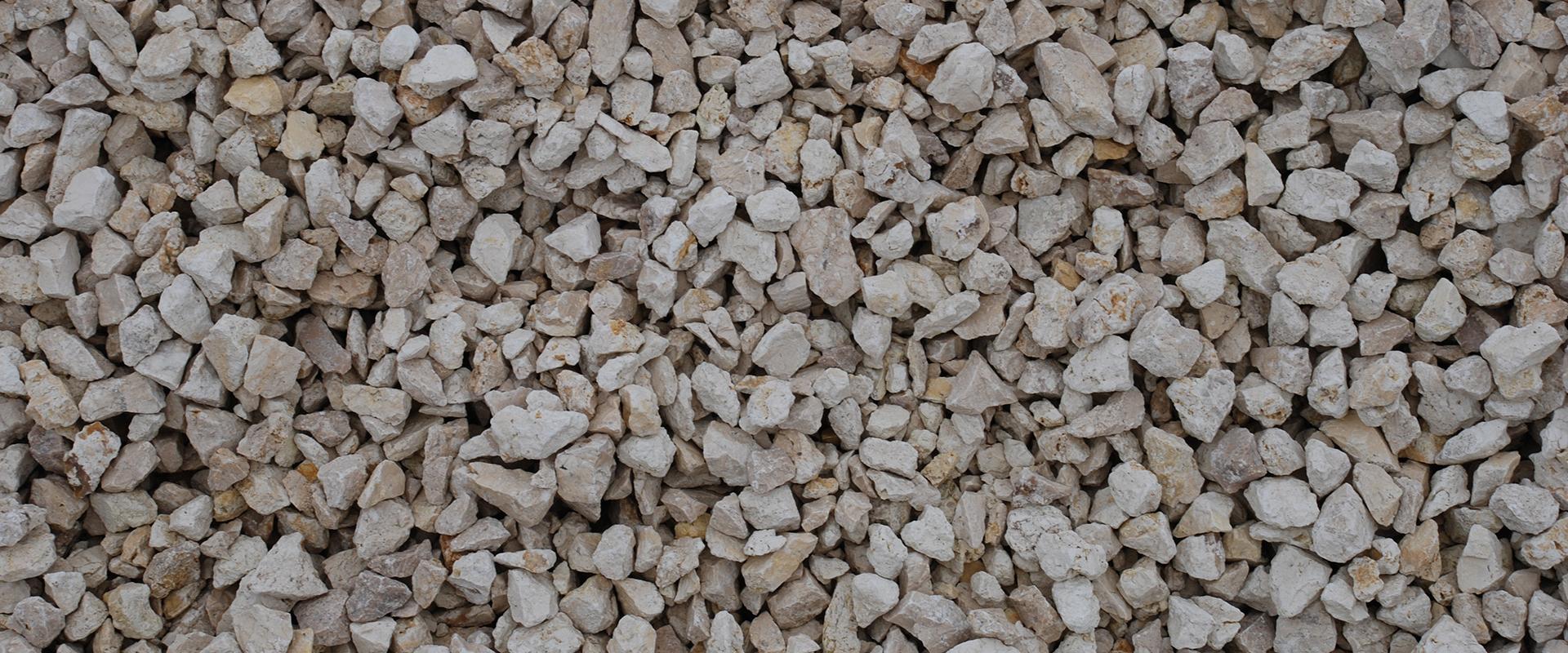With the anticipated rise in demand in the construction and civil engineering sector, supplies of natural aggregate in France are set to become an issue of major importance in the decades to come. However, estimates of aggregate production are pointing to shortages due to increasing constraints on urbanisation or for environmental and societal reasons. To address this problem, the profession is making efforts with central and regional government to increase the use of natural or recyclable aggregates.
Aims of the project
The AGREGA project for forward planning and management of aggregate resources in the French regions was launched by the French National Research Agency (ANR) under the Investing for the Future programme. It is run by seven scientific, technological and industrial partners and specialists in sustainability, including the BRGM and ARMINES, UNICEM, the University of St-Quentin, ANDREIL-GAME, IAU and VNF.
The project was launched in 2014 for three and a half years to develop forward planning scenarios for the geographical distribution of demand for aggregate up to 2040, and to propose or establish new quarries and recycling centres. The outcome has been the development of a simulation tool to plan for regional demand for quarried aggregate, secondary aggregate (under plans for preventing and managing construction waste) and marine aggregate.
Multi-actor role-playing to develop an integrated and participatory approach
In order to develop an integrated methodology, a "serious game" was set up to test the feasibility of forward scenarios. These "game" sessions bring out the multiple opinions and attitudes of those who are involved in the sector, whether directly (construction companies, waste management, producers of materials, etc.) or indirectly (local government, civil society groups), to foster a better understanding of the issues and better decision-making downstream. The role-playing thus meets a scientific, thematic and educational objective.
At the end of the "game", the parameters and attitudes obtained are compiled into a simulation tool developed by the project to handle complex information. Through their role-playing, those involved on the ground build up a tool to simulate scenarios they will then use in practice.
The AGREGA role-playing exercise
Piloting the project in the Greater Paris Region
The pilot region for the project, the Île-de-France, is the host region for the "Greater Paris" urban planning project up to 2030 and was chosen because it is the largest potential source in France for secondary aggregate, and because of its current dependence on other regions for aggregate resources.
Five sessions were organised in 2016 and 2017 on the Île-de-France case, with quarry planners, professionals from different operational sectors and students from different disciplines including geology, mines and quarries, hydrogeology and economics.
A detailed study of civil engineering waste flows in the PACA region
To further develop the Agrega approach and validate its regional vocation, the work undertaken in the Greater Paris area was transposed to the Provence-Alpes-Côte d'Azur (PACA) region, with participants from the local aggregates sector.
Using survey data collected from operators in the region by the regional observatory on waste (ORD-PACA), the PACA regional authorities and the BRGM-PACA, a model was developed to simulate prospective flows of inert concrete and asphalt waste. Circuits start from the municipality producing the waste, continue through waste processing and recycling plants and on to the end-user municipality (regular road maintenance, quarry conversion or disposal in inert waste facilities).
This complex and more realistic simulation was developed at the micro-economic scale of treatment facilities and municipalities producing and using the waste. The model comprises some 1400 entities: quarries under conversion, asphalt plants, waste disposal facilities, operators or groups of operators, local government agencies in the region.
The aim was to produce a detailed picture of all transformation and disposal circuits for civil engineering waste.











